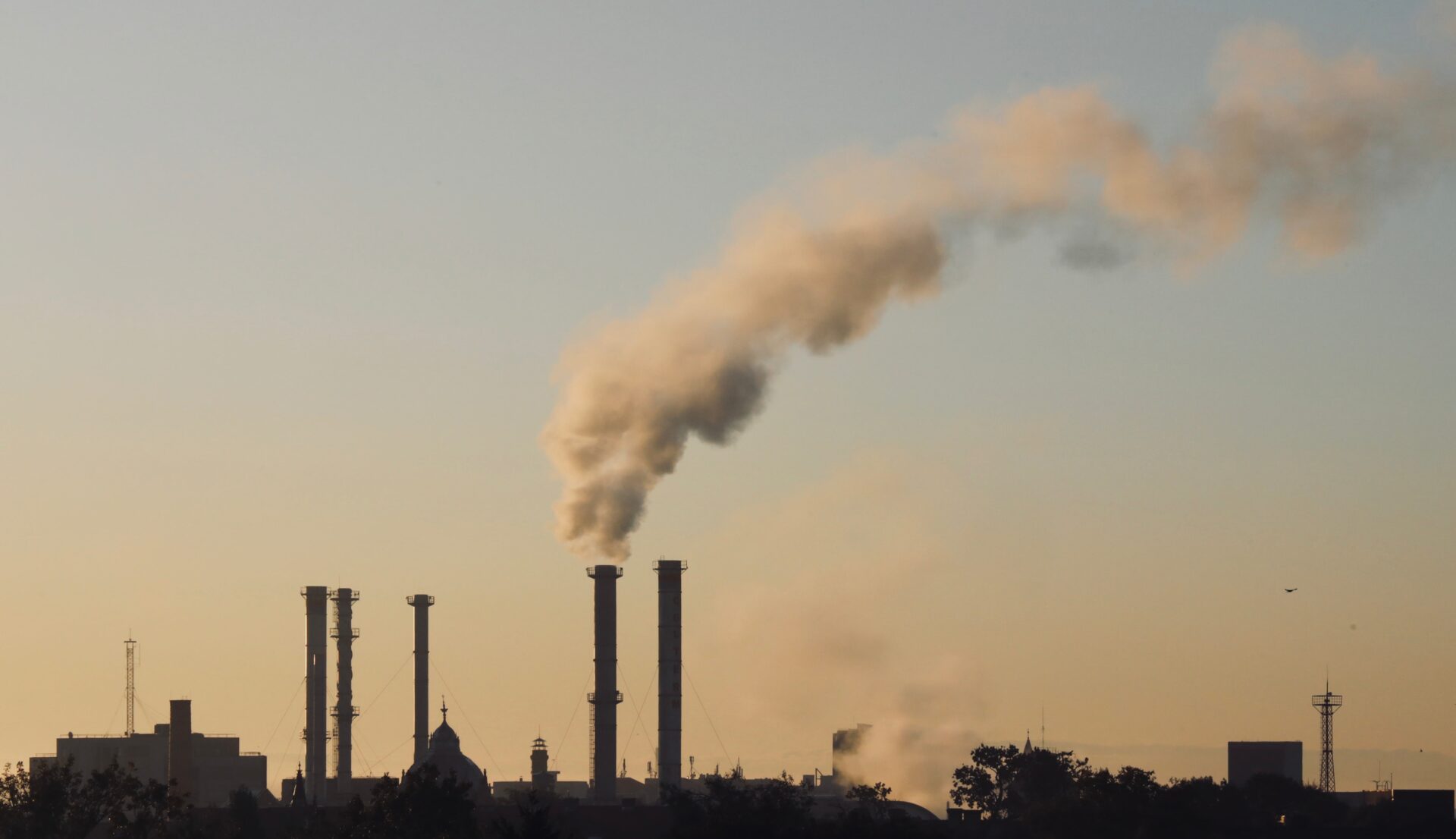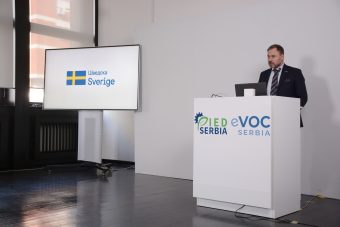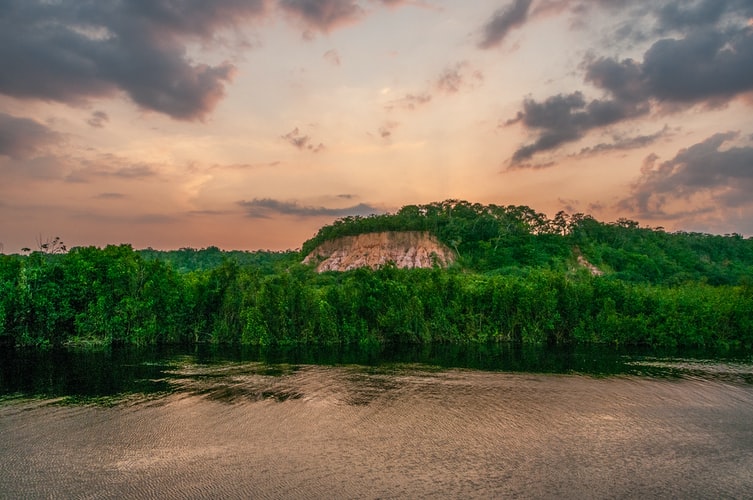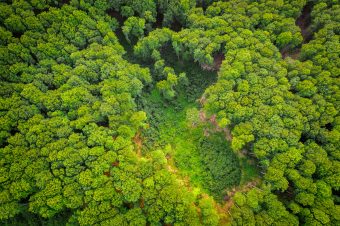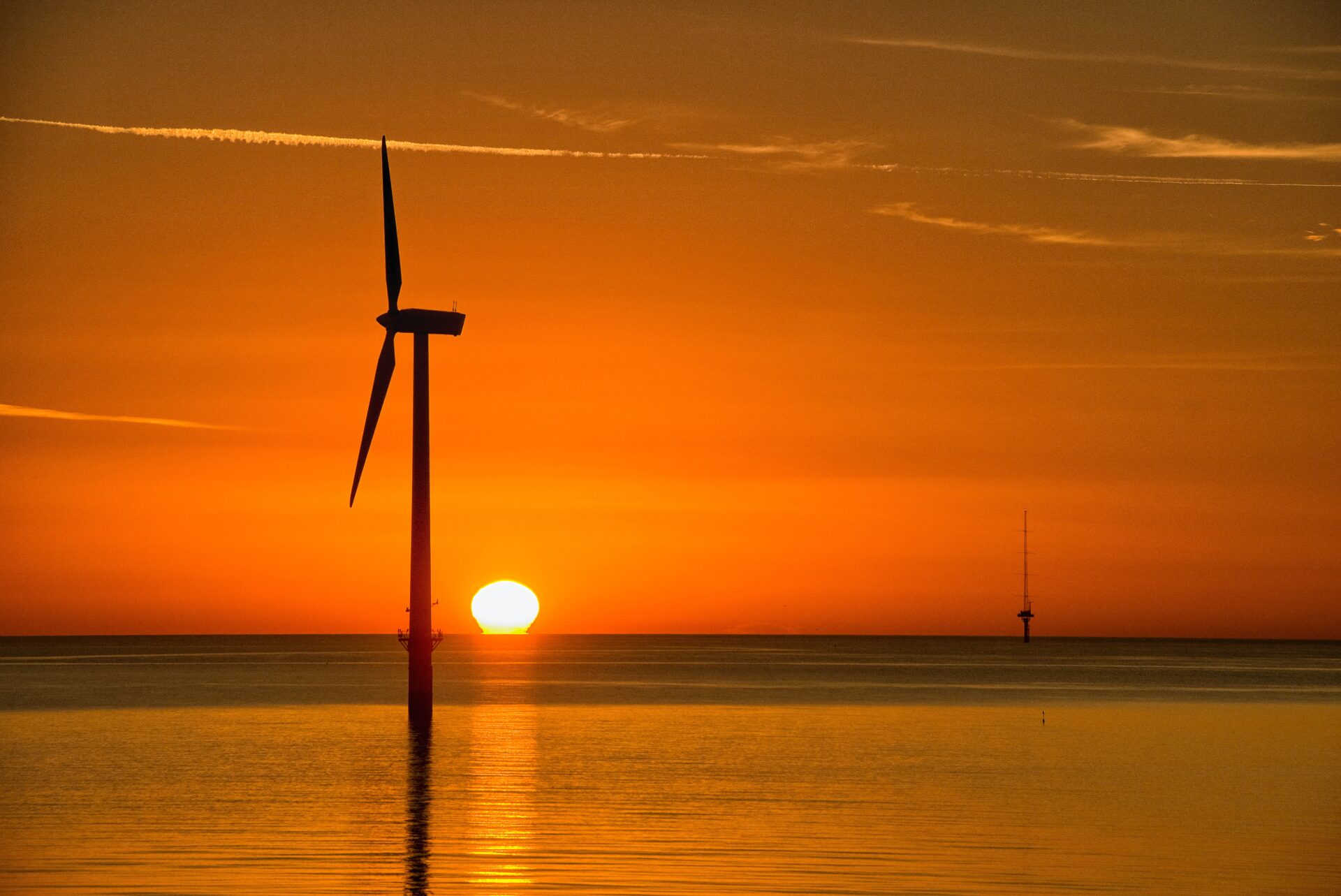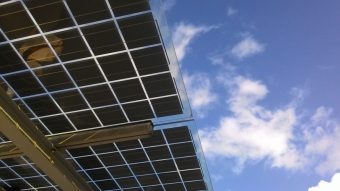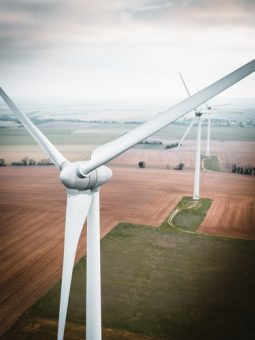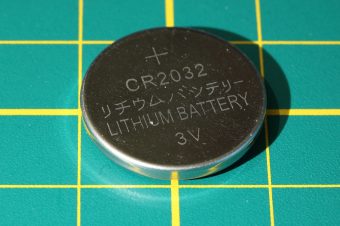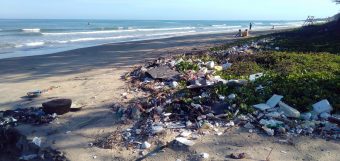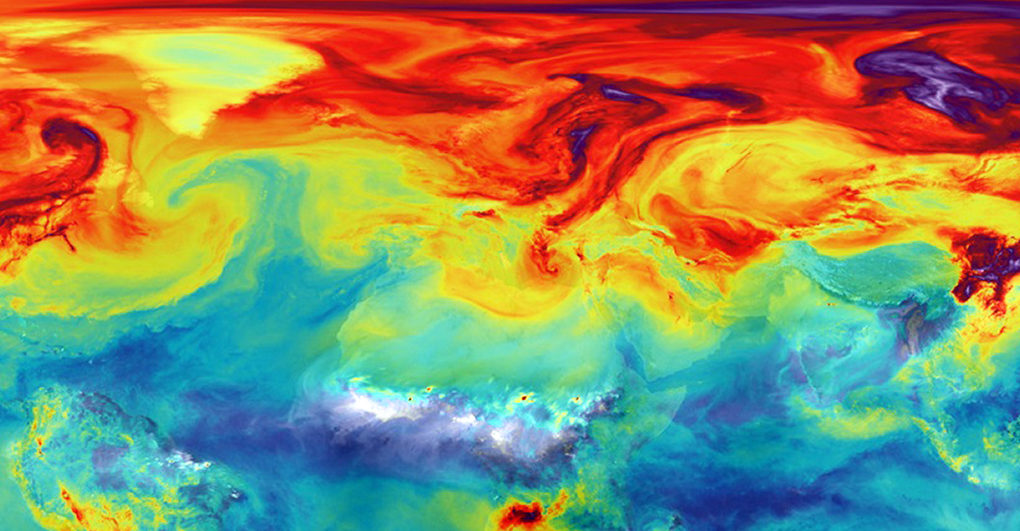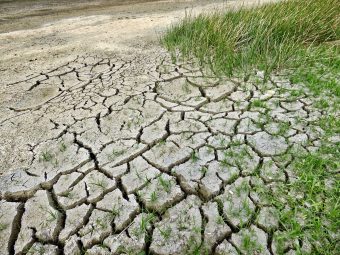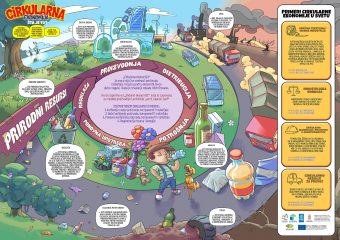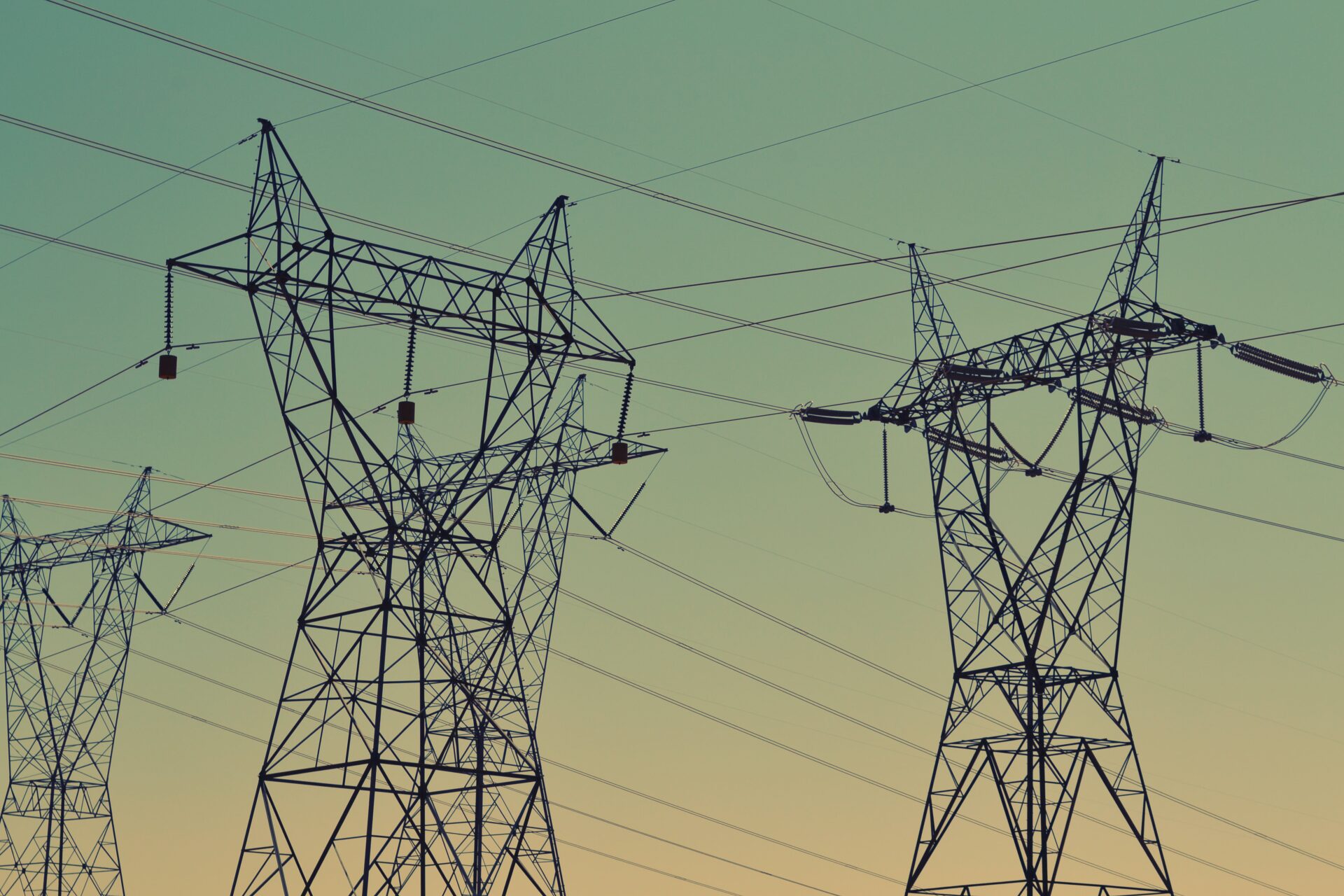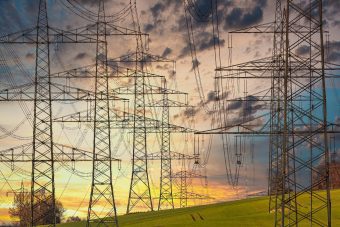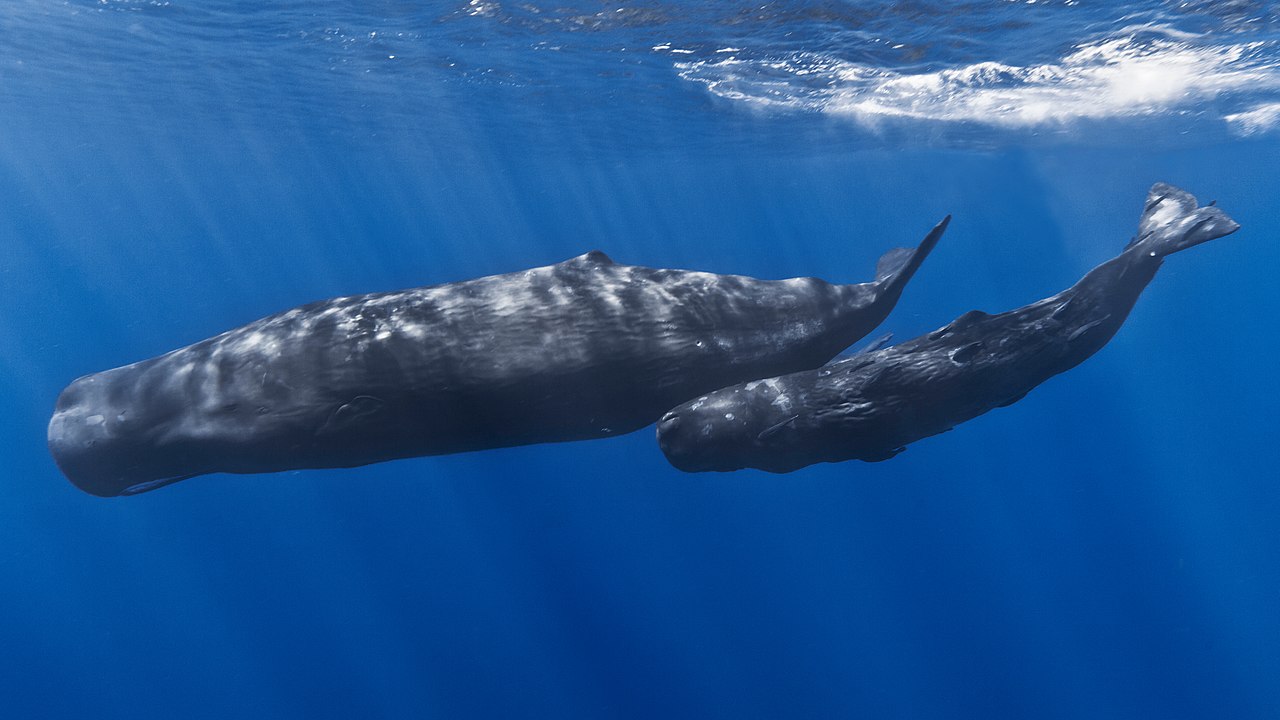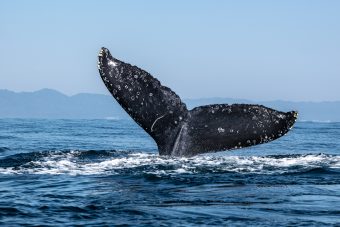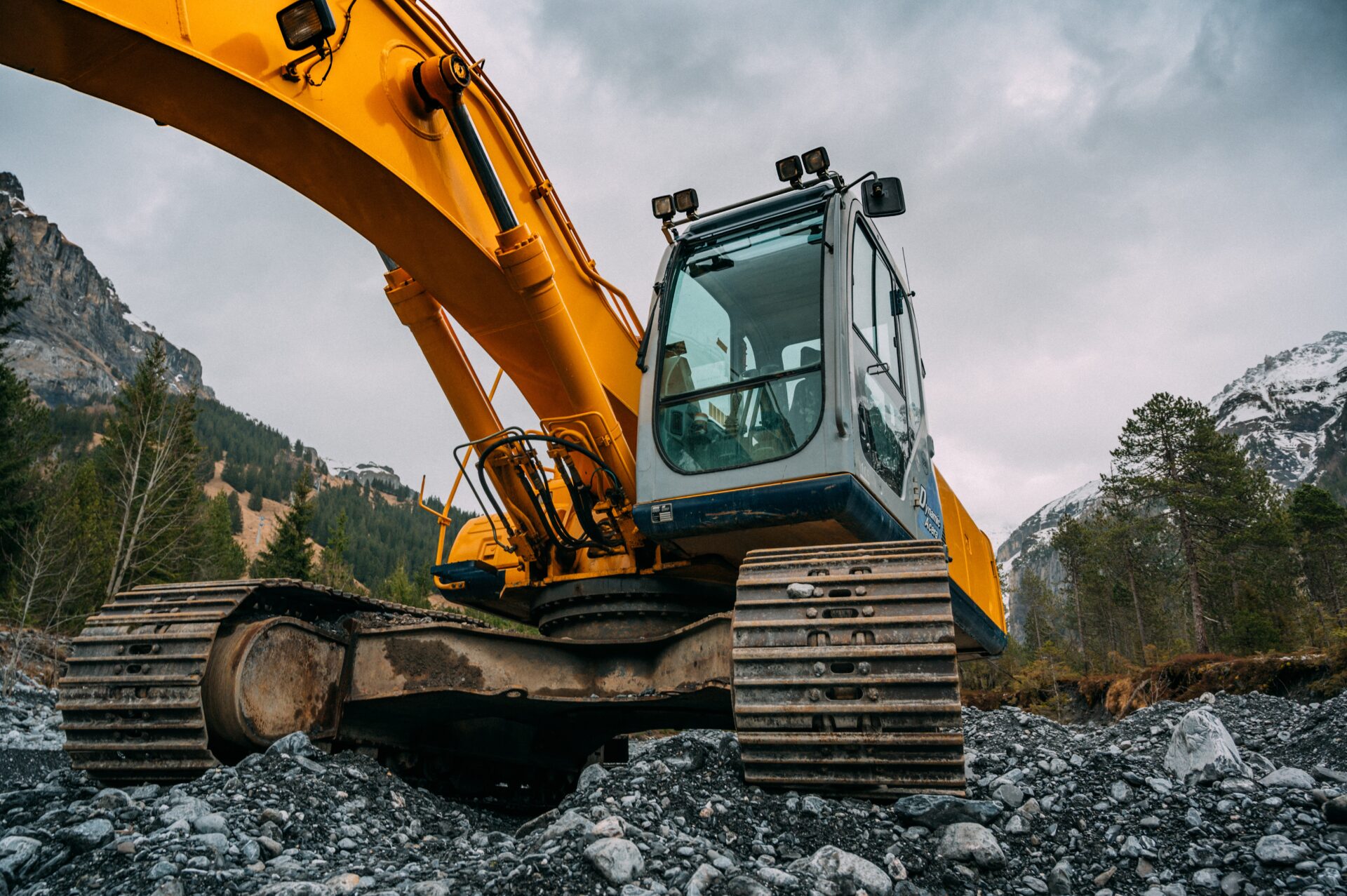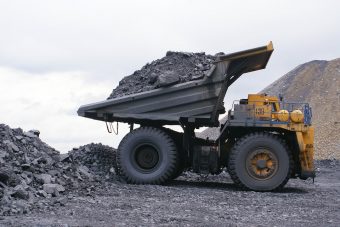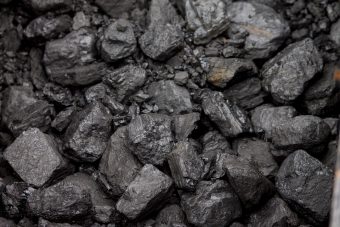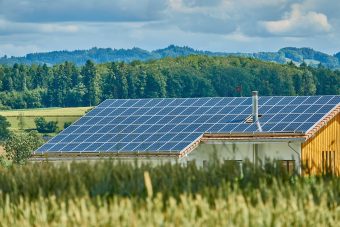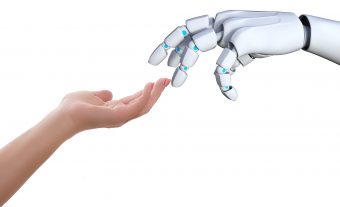
As society pressures leaders for a more environmentally-friendly agenda, governments responsible for 63 percent of world emissions have committed to net zero with corporate net-zero commitments covering 12 percent of the global economy (representing USD 9.81 trillion in revenue).
However, it is not uncommon to see large disconnects between targets and actual emissions – when the talk and the walk must go hand-in-hand in terms of effective emission-reduction progress. In June 2021, when the G7 decided to make climate risk disclosure mandatory, seven of the most influential global economies indicated that carbon reporting and disclosures would play a vital role in ensuring that emission reduction targets are in fact met.
Setting a target is just the first step; the second is to understand and quantify the real emission baseline into measurable units. Next, a clear definition of the emissions reduction strategy must be built. Finally, near real-time monitoring of targets vs actual progress should be in place. Ultimately, if countries and companies are to achieve net zero, they need to monitor, reduce and, in some cases, offset the emissions they generate.
The journey can be complex for beginners; it can be time-consuming, very manual, and prone to errors. That should not prevent companies from joining the decarbonization wave. After all, beyond satisfying consumers and political leaderships, committing to net zero might also prove economical, as access to capital will prove increasingly difficult for those not embracing the energy transition. As ‘carbon tax’ or ‘cap-and-trade’ schemes become the most likely path forward, and as access to capital is reduced for those who fail to embrace the energy transition, early net-zero movers will have a competitive financial edge over laggards.
More:
Carbon-management process
Carbon management can be broken down into three main categories: emission measuring and reporting, abatement, and offsetting.
1. Measuring and reporting carbon footprint
The first step is to measure carbon emissions. The carbon reporting process involves the collection of CO2 data, organising by emission type and geographical segment. The data is then measured against internationally recognised carbon-accounting standards such as GHG protocol or ISO 14064-1. Currently, emission data may be obtained through meter readings, purchase records, utility bills, engineering models, direct monitoring, mass balance, stoichiometry (the calculation of reactants and products in chemical reactions), or other methods for acquiring data from specific activities in the company’s value chain. Challenges associated with measuring and reporting commonly include the laborious data collection process, difficulty reviewing carbon footprints across business units and assets, as well as validating underlying assumptions of emissions.
2. Abatement planning and management
Abatement planning involves identifying key sources of emissions and implementing measures to reduce them. By categorising emissions in step one, businesses can then pinpoint and measure which processes emit the highest volumes of CO2 and optimise their carbon-abatement plan. To achieve this, abatement roadmaps set out targets and KPIs to reduce emissions, focusing on changing emission-heavy processes and implementing new technologies to reduce emissions. Due to the multiple variables that need to be considered in such planning, the process can be uncertain and complex. Furthermore, tracking the performance and progress of abatement programmes is laborious. Organizational challenges include a lack of both transparency regarding marginal cost-benefit of abatement programmes, and resources for managing and executing this abatement journey.
3. Carbon offsetting
Carbon offsetting is considered the option of last resort once all abatement efforts and decarbonization investments have been exhausted. It is a way of taking responsibility for unavoidable carbon emissions by paying for others to reduce or absorb CO2. Multiple types of projects are used for carbon offsets, ranging from environmental projects such as reforestation, to carbon-capture technologies and renewable energy production. Carbon credits are measurable, verifiable emission reductions and have been used as a means for governments and companies to offset carbon emissions. Further methods include the use of RECs (renewable energy certificates) to offset energy consumed from non-renewable sources. However, offsets also come with challenges, from accurate measurement to transparency and verification to ease of trade.
How technology can help
Artificial intelligence of things (AIoT) solutions are integral to tackling some of the challenges associated with carbon management. There are three main areas of focus to make carbon management more efficient, transparent and effective.
1. AIoT – integration into measurement and reporting
With a myriad of databases and systems involved with different carbon-producing assets, the labour required to simply categorise and organise the data from multiple business units and assets is immense. AIoT integration enables seamless sourcing of real-time activity level data and asset inventory data from a variety of systems. This provides an organization with the capability to efficiently structure, collect and transform data into reports for accurate emissions-monitoring and measurement, reducing overall efforts around data collection and enhancing data quality and report resolution.
2. Abatement intelligence – predictive analytics to simulate emissions over time
Abatement planning is a challenge primarily due to the lack of accurate measures for determining the emissions derived from certain processes. AIoT technology tackles this challenge by creating insights from real-time data to better predict process emissions. By analysing and learning through data from multiple processes, AIoT can refine the performance evaluation of abatement measures and optimise emissions predictions. Beyond optimising abatement strategies, this technology also lowers the overall marginal abatement costs.
3.Carbon offsetting and offset integration
Although a last resort, the carbon offset market plays an essential role towards achieving global net-zero emissions goals for countries and organizations, with an estimated addressable market size of USD 200 billion by 2050. However, verification of carbon offsetting and difficulty in trading plagues the industry. Technology can support validation of RECs in near real-time and offer a marketplace for affordable and fast carbon offsetting. Offset integration would provide a global pool of offsets to an organisation, improving ease of trade and emissions planning, reducing organizational hassle, and optimising the timings of REC purchases and retirement.
Carbon management solutions are essential to meeting the G7’s mandatory climate risk disclosures. More importantly, they provide the technology to actively manage and reduce carbon emissions and achieve the net-zero pledges made by governments and corporations. Driven by strong political, societal and economic agendas, carbon management solutions will be an integral part of emission reductions. For that, real-time measurement, abatement, and offset integration will help ensure companies not only talk the talk but also walk the walk and transparently meet their net-zero targets.
Source: World Economic Forum


